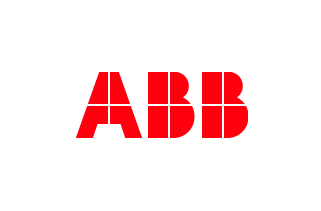Optimal lots of powdered gelatin sugar identified by NIR spectroscopy.
.jpg)
Gelatin agar. Image Credit: ABB Ltd.
Overview
Widely used in the food, chemical and pharmaceutical industries, agar is a blend of polysaccharidea with a jelly-like texture. Agar can be used for a range of purposes, including use as a substituent to gelatin, a preservative for fruits, a laxative, or a solid substrate for culture media.
The quality of agar can vary between batches, as it is obtained from different species of red algae. In this feasibility study, the applicability of NIR spectroscopy to identify optimal and sub-optimal lots of powdered gelatin agar is examined.
Application Details
Method
- Instrument: MB3600
- Detector: InAs, TE-cooled
- Analysis temperature: room temperature
- Sampling technique: rotating powder sampling accessory (ACC-101)
- Number of scans: 128
- Resolution: 16 cm-1
- Chemometrics: principal component analysis
Results
The results of this study show that it was possible to observe variances in the chemical make-up in the NIR spectra. A principal component analysis (PCA) model using a single factor could be used to differentiate between optimal and sub-optimal samples, using scores to determine sample acceptability.
.jpg)
NIR spectra (from 5400-6450). Image Credit: ABB Ltd.
.jpg)
Factor 1 scores values (F1sc) of all samples obtained. Image Credit: ABB Ltd.
.jpg)
MB3600 spectrometer. Image Credit: ABB Ltd.
Conclusion
The combination of ABB NIR spectrometers and PCA provide a powerful means to differentiate chemically similar material into satisfactory and non-satisfactory lots of samples. The possibility to routinely control the incoming or produced material quality can also be provided by determining limits to discriminate between varying standards of material lots.
The limits for these lots can be adjusted based on the reproducibility needed. Identifying the cause of variability within samples would require a more in-depth understanding of chemical properties of the agar and its structure, as well as the storage and maintenance procedures used.

This information has been sourced, reviewed and adapted from materials provided by ABB Analytical Measurements.
For more information on this source, please visit ABB Analytical Measurements.